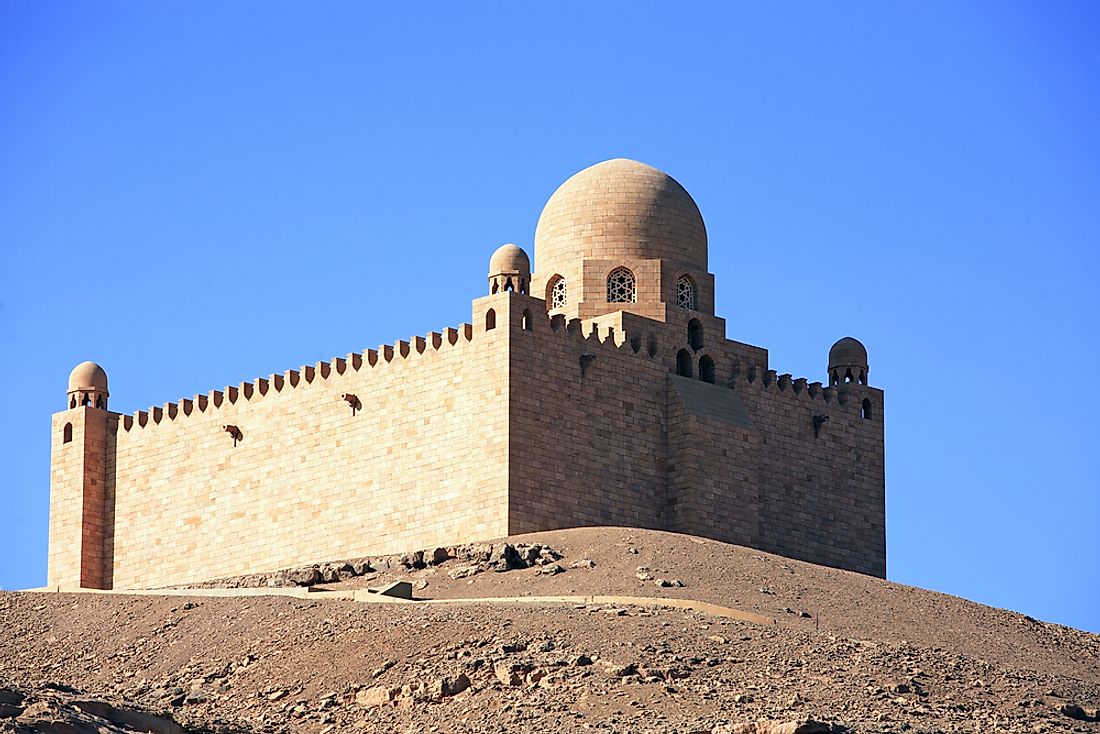Who is Aga Khan?

Aga Khan is a leadership title used by the Imams of the Nizari Ismailis. The Agha part of the Title is a Turkish word meaning "Aqa". In Mongolian and Old Turkic, "Aqa" means elder brother. Khan is King or ruler in the Mongolian and Turkic languages. According to the Farhad Daftary, Aga Khan is an honorific title that King Ali Shah Qajar bestowed on Hasan Ali Shah during the Ali Shah's migration to India.
History Of The Nizari Ismailis
The Ismailis are the largest Shia community second only to the Twelvers. Today, the Ismailis are scattered in over twenty countries of America, Europe, Asia, and Africa. When the Prophet Muhammad died, Islam split into two groups, namely Shia and Sunni Muslims. Shia Islam, the minority group, then subdivided into different sects, many of which were short-lived. However, Imami Shiism survived and Ismailis are a direct descendant of this heritage.
The Rise And Fall Of Nizari
The Ismailis had an eventful history. They managed to establish their states and also played significant roles in the Muslim Wolrd. In their second century of prominence, and under Fatimid caliph-imams, they founded the first Shia caliphate. At this time commonly known as the Fatimid period, Ismailis contributed a lot to the Islamic thoughts and cultures. Later on, Ismailism split into the Nizari and Mustalian communities. The Nizari established a cohesive state. They also had scattered territories from Syria to Persia. After the onslaught of the Mongols, the Nizari state collapsed never to regain political prominence. However, they survived as a Shia Minor sect.
The Emergence Of Aga Khan
Defeat is not annihilation. The mid-eighteenth century would see the rise of this sect. At this time, the Imams or spiritual leaders of the Nizari discarded their obscurity. They became active in politics of Persia. Later, they shipped their influence to British India. Afterward, Nizari Imams acquired international recognition and the Aga Khan title became a heritage.
The Prominence Of Aga Khan
In the late 1830s and the onset of the 1840s, Iran’s political developments had Aga Hasan Ali Shah, the 46th Imam migrating to India. Ali Shah was the first bearer of the Aga Khan title. The Persian Emperor, Fath Ali Shah bestowed on him that title. In 1848, Ali Shah settled in Bombay. He had an uplifting impact on the Indian community. The Ismaili world also looked up to his guidance. Under his doctrines, the Indian population gained a sense of self-confidence. Later, then Indians started to identify as Shia Ismaili Muslims; this acceptance laid the foundations of the Aga Khan Progress, prominence, and fame. The move brought the beginning of the Aga Khan Era. Soon, the Imam guidance from Kashgar in China, Iran, Bokhara in Central Asia, and the Middle East began to arise. In the 19th and 20th century, large numbers of Indian-Ismailis migrated to East Africa.
The Aga Khan In The 20th Century
The Aga Khan was a prominent leader in the early twentieth century. Numerous social and economic institutions developed across India and East Africa. Thanks to the Ismailis' public celebrations to Jubilate their imams, the jubilations served to reaffirm the Imamate’s role in improving the quality of human life particularly in the developing countries of Tanganyika, Kenya, Uganda, and India. Sultan Mahomed had his Golden Jubilee in 1937, Diamond in 1946 and Platinum in 1954. The Ismailis weighed Mahomed in gold, diamond, and platinum. These proceeds went on to better social welfare and charity developments in Asia and Africa. Sir Mahomed introduced organizational froms which helped the Ismaili community a way to structure and regulates their affairs. In 1905 Mahomed ordained the first Ismaili Constitution in East Africa. This constitution set out rules on marriage, divorce, inheritance, and the involvement of Ismailis with other communities. Even after the British gained control over East Africa and India, the prominence of the Aga Khan survived. In 1957, Queen Elizabeth bestowed the Aga Khan title on his Highness Price Karim.
The Aga Khan Foundation
Aga Khan Foundation is a global charity network which runs in 30 countries. It has an employee base of about 80,000. It constitutes universities, hospitals, and school programs. The Network embraces programs of poor people and those from war-torn countries, regardless of their faith. The foundation projects include supporting craft producers in Mozambique, running the most famous group of schools in Kenya, to investing in early childhood developments in Bangladesh and also improving women’s health in Afghanistan. Prince Shah Karim Al Hussaini is the philanthropic brains behind the success of the Aga Khan prominence in the last fifty years.







